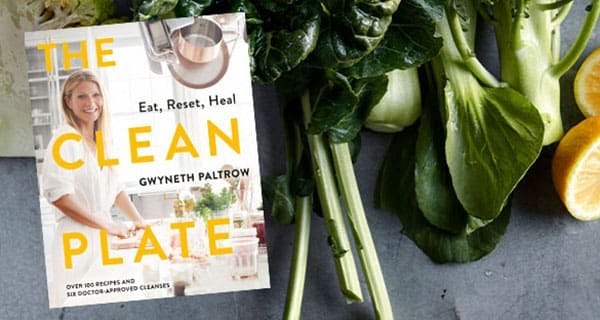By Sylvain Charlebois
Dalhousie University
and Simon Somogyi
University of Guelph
Will Canadians use the new version of Canada’s Food Guide and will it cost us more to follow the new recommendations it contains?
The guide, introduced a few weeks ago, advocates a diet focused more on plant-based eating and reductions in meat and dairy consumption. As such, it has gained much attention, particularly among the animal protein and dairy sectors that were the focus of previous iterations of the guide.
Rather than giving attention to the food sovereignty agendas of the agricultural sector, the guide’s new mantra is: Canadians need to eat better and here is what you should eat.
The guide is strewn with glossy pictures of healthy food. It has replaced the previous suggested serving sizes with food groups, plus the suggestion to cook more of our food at home, and to drink water instead of juice. All of the recommendations centre on the health and well-being of Canadians.
But as well-meaning as the suggestions are, what will be the result of this new guide?
A recently-released report by Dalhousie University and the University of Guelph explored Canadians’ perceptions of the new guide by comparing it with the last version and providing cost comparisons.
According to the report, most Canadians know of the food guide and know that there’s a new version. They also know that by following portion sizes and food recommendations, at least in the short term, the new guide would save the average family money on their food bills. The report says following the guide would save a family of four $1.98 a day. One in eight Canadian households are food insecure, so such savings are welcome.
But the savings may not last. Predictive models suggest the differential between the previous guide and the new one will narrow significantly within a few years and may even disappear.
Our domestic agricultural economy just can’t provide what the guide suggests. So, in time, Canadians’ vulnerability to monetary fluctuations and regions stricken by major climatic events will become more apparent.
Facing the possibility of a new food strategy for a nordic climate like ours, we will certainly have some work to do.
The report also paints a less than rosy picture as to whether Canadians will follow the guide. The guide is rated as the sixth most important source of information for nutritional advice, yet it’s often eclipsed by recommendations by family and friends, general research, social media and celebrities, and television programs.
That’s right – Gwyneth Paltrow is more influential when it comes to dietary advice than our own food guide.
Affordability, compatibility with taste preferences and the fact that it requires you to do your own cooking cause further barriers to adopting the new guidelines.
Another concern is that the report mentions that having more money and a higher level of education increases your likelihood of following the new guide, which highlights its somewhat elitist nature.
Health Canada should be applauded for updating a guide that was more than a decade old and for focusing on advocating for the health of Canadians rather than providing a soap box for the agri-food sector.
However, it’s important to remember that Canadians aren’t just patients in a healthcare and nutrition formula. We’re consumers with families, busy providing for mortgages, bills and putting food on the table, and not necessarily in that order.
Publishing a guide that advocates the impractical ideas of generating no waste and cooking every meal at home is troublesome at best.
So the new Canada’s Food Guide is a step in the right direction. But it’s an ideal for the nutritional elitist, not a practical day-to-day guide. While the Dalhousie-Guelph report suggests that people are interested in following its new ideas, that won’t necessarily be enough to make Canadians bite.
The nutritional roadmap the new guide offers is sound, yet it has little to do with most Canadians’ kitchen habits and culinary traditions.
So Health Canada needs to make its case that the new guidelines are worth pursuing to a greater extent than some celebrity chef’s advice.
Dr. Sylvain Charlebois is senior director of the agri-food analytics lab and a professor in food distribution and policy at Dalhousie University. Simon Somogyi is the Arrell Chair in the Business of Food at the University of Guelph.
The views, opinions and positions expressed by columnists and contributors are the author’s alone. They do not inherently or expressly reflect the views, opinions and/or positions of our publication.




